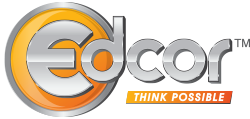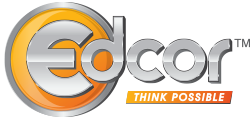Adult learners in higher education are a vital student population. Whether they have the label adult learners, nontraditional students or delayed-entry students, these students are one key towards reaching Lumina Foundation’s Goal 2025. Lumina Foundation’s goal is that 60 percent of Americans will have a high-quality credential or degree by 2026. As the traditional age student population decreases, the adult learner population plays an increasingly important role in American higher education.
Many students today work while they are pursuing higher education and adult learners are included in this group: 55.5 percent of adult learners work full-time and 18.5 percent work part-time. Adult learners cover a wide age range: 45.2 percent are 41 or older, and 40.9 percent are age 26-40.
Georgetown Center on Education and the Workforce report Learning While Earning: The New Normal states that about 40 percent of undergraduate students and 76 percent of graduate students work at least 30 hours a week while they attend school.
Adult learners pursue higher education for a variety of reasons, but career preparation is their number one motivation. Whether they are pursuing a bachelor’s or graduate degree career and higher education are intertwined for these students. Working adults are very aware of changing job demands, skills that their employers need, and employment shifts that could arise:
• 72 percent say they’ll need more education to keep up with new demands in their fields
• 69 percent believe technology will make their job significantly different
• 51 percent expect to change fields
Adult learners pursuing higher education face a number of obstacles including work and family responsibilities and obligations, as well as problems transferring credits from one institution to another. But by far the number one obstacle for adult learners is finances. A survey from EAB, an education consulting firm, shows that 49.6 percent of participants would consider going back to school if tuition were more affordable and 29.3 percent would go back to school if it gave them the opportunity to earn more money.
Adult students carefully consider the advantages of higher education against the cost, and many of them have to consider multiple sources to cover college costs. The top three sources for college expenses, according to EAB, are financial aid such as loans and grants for 54.6 percent of adult students, scholarships for 39.7 percent and employer tuition reimbursement plans for 21.7 percent. Adult learners who have tuition support from employers have a valuable benefit that helps them meet education financial obligations. Financial support allows employees to focus on courses that help them develop skills they need to navigate career demands and technological innovations. In turn, they will be able to experience career stability that creates social and financial advantages for them and their families.
There are also great benefits for employers who offer tuition assistance. With total education benefits programs, such as those Edcor develops for its clients, employers can be sure their employee talent meets business needs. Supporting employees at all levels, whether it is for bachelor’s or graduate degrees, or a certificate that complements and enhances employees skills, employee education needs can match employer talent needs.
Employers have the opportunity to help employees align education and professional development with career paths and advancement. Education completion becomes a reality when employers encourage employees to develop skills and attain education. “Employers have the opportunity to support employees through the program search process, and in turn cultivate employee skills that match the business’ skills gap or strategic goals,” states the Pearson Adult Learners survey.



